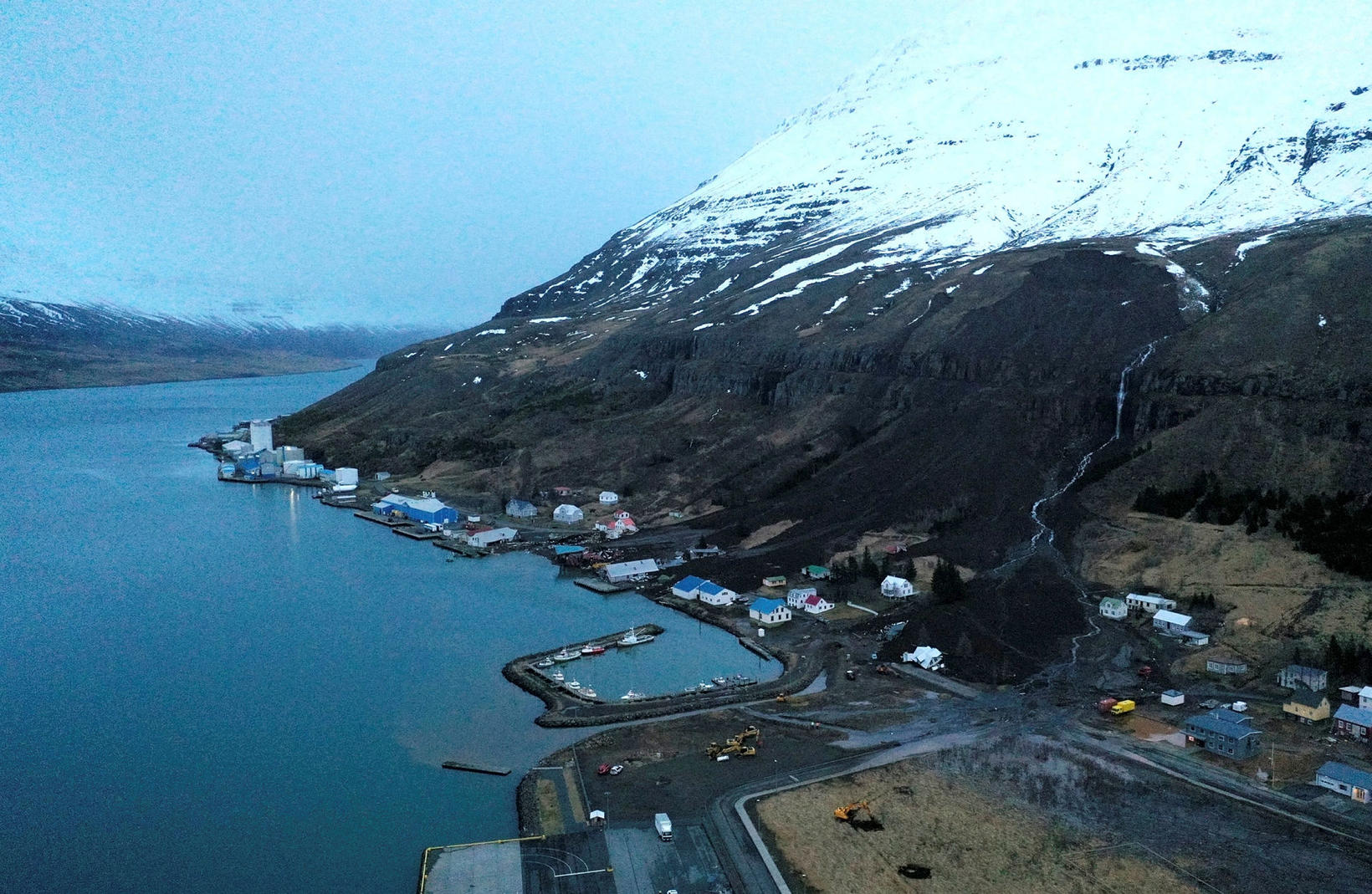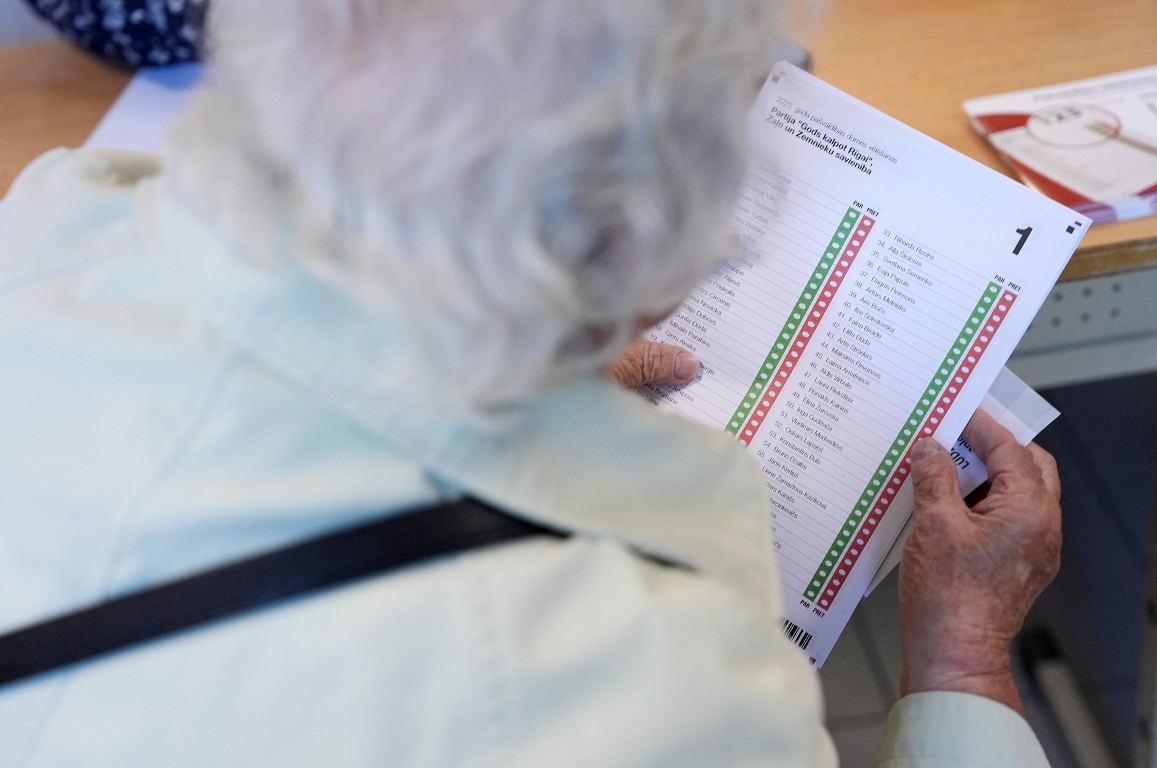Both production and consumption of wine around the world have returned decades backwards

« Joint work to develop solutions due to climate change and converting wine into a beacon of sustainability; investing in research by new audiences so that we can see the wine through their eyes; strengthening our commitment to multlateralism and global trade: these are the elements that will lead the vineyard sector. »
In these words of John Barker, the Director-General of the International Vine and Wine Organization (OIV), describe the problems presented in the statistics of the production, consumption and trade in 2024 worldwide this week. One of them is particularly impressive – the global wine production (226 million hectoliters) has come down to the lowest level of over 60 years, with a 5% decrease compared to the previous 2023.
Donald Trump has not yet come to power with his shocking myths, and they are not the main anxiety. With or without them, winemaking is already suffering from « unpredictable and extreme meteorological phenomena in both the northern and southern hemispheres caused by climate change. » The area of vineyards worldwide has decreased in the last four years and 2024 added another 0.6 percentage points down – up to 7.1 million hectares. This process slows down, and while vineyards disappear in main areas, several countries are expanding their areas.

The smaller wine produced (and the low harvest of 2023) does not mean that the sector does not meet the demand – there is a balance on the market. Exports remain stable at 9.8 million hectolite (MHL) level and a value of EUR 36 billion.
Wine producers are beginning to ripen for association
But the wine remains an expensive product compared to the time before the Covid -19 pandemic – export price per liter is 3.60 euros (over 30% compared to 2019). OIV’s explanation is inflation and lower supply.

The imported wines in Switzerland are most expensive – an average of 9.1 euros per liter (a rise in price by 20%). Following are Japan (6.35 euros and a decline of 10%), China (EUR 5.21 and +21%) and the US (5.12 euros and +2%). In Europe, the largest importers lead to Belgium prices (€ 4.09 per liter), which is more than twice as expensive as imports in large producers such as Italy (€ 1.87) and France (€ 1.63).
Alcohol from Europe becomes a luxury in the US, many will lose their work
Then comes the problem of changing consumer attitudes and behavior.

- On the one hand, in 195 countries – wine has never been so widely consumed around the world, and many countries have a strong total consumption and a very large population, which should promise considerable potential for growth.
- On the other hand, in 2024, the world’s consumption of wine has been at the lowest level since 1961 (214 MHL), which is a decline of 3.3% compared to 2023. A relatively new reason – among several more economic and geopolitical ones – there are changing preferences for lifestyles, social habits and different consumers.
| Covid-19 is not the main culprit for this process. The central role has been played by China – since 2018, consumption there has decreased by an average of 2 MHL per year. |
The pandemic exacerbated this downward trend, with blocking measures adversely affecting the main wine markets around the world, but since 2021, with normalization, consumption has followed in many countries.
Wine Stories from the Northwest
This was briefly – Russian aggression against Ukraine dramatically increased geopolitical tensions, energy crises and interruptions in the global supply chain – increased the cost of producing and distributing wine. Which in turn has significantly raised the final prices and reduced total demand.
| Fifteen of the first 20 markets in the world have reduced consumption compared to 2023. |
There are also structural, long-term factors in several developed markets, with the tendency for young people to drink less and increasing warnings about the effect on alcohol health.
In February 2025, a call on the labels of the bottles to be alerted, with the tobacco products that the drink carries the risk of cancer.









